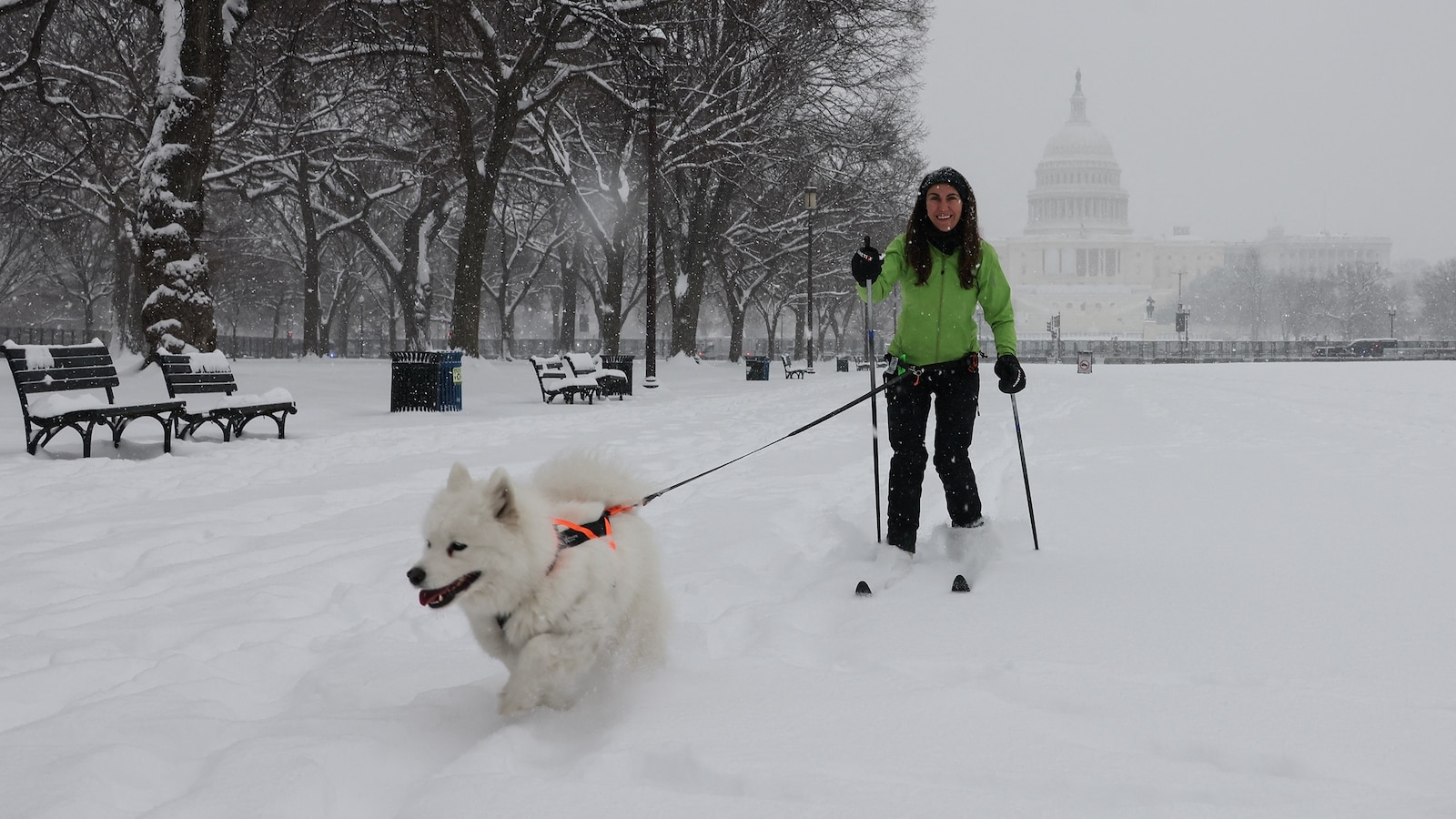Winter Storms Loom: Cold Weather Alerts Stretch from New Mexico to Florida
As a significant winter storm approaches, cold weather alerts have been issued across a wide swath of the United States, stretching from New Mexico to Florida. This impending weather event has raised concerns about potential disruptions and hazardous conditions, prompting officials and meteorologists to urge residents to prepare adequately. With temperatures expected to plummet and precipitation likely to take various forms, understanding the implications of this winter storm is crucial for safety and preparedness.
Understanding the Winter Storm Dynamics
Winter storms are complex meteorological phenomena characterized by a combination of cold air masses, moisture, and atmospheric disturbance. As these elements converge, they can result in snow, sleet, freezing rain, and even bitterly cold temperatures. The current winter storm is forecasted to impact several states, primarily affecting the southern regions, which are often less equipped to handle severe winter weather.
Residents from New Mexico to Florida should be aware of the types of winter weather they may encounter:
- Snow: Predominantly in higher elevations and northern areas, snow accumulation can lead to travel disruptions and hazardous road conditions.
- Sleet: A mix of rain and snow that can create icy surfaces, making walking and driving treacherous.
- Freezing Rain: Ice accumulation on roads and power lines can cause significant hazards and power outages.
- Cold Temperatures: Frigid air can pose health risks, particularly for vulnerable populations, including the elderly and those with pre-existing health conditions.
Regions Under Cold Weather Alerts
The reach of the cold weather alerts is extensive, affecting numerous states as the storm system moves across the country. Here’s a breakdown of some of the areas that are likely to face the brunt of the winter storm:
- New Mexico: Expect snow in the northern regions, particularly in the mountains.
- Texas: The northern and western parts are likely to see snow and ice, with significant impacts on travel.
- Arkansas and Louisiana: These states are forecasted to experience a mix of rain and freezing rain, leading to slick roads.
- Mississippi and Alabama: Similar conditions are anticipated, with potential for power outages due to ice accumulation.
- Florida: While southern Florida may escape the worst of the cold, northern parts could see uncharacteristically low temperatures.
Preparing for the Winter Storm
Preparation is key to navigating the challenges posed by winter storms. Here are some essential steps residents can take to ensure their safety and comfort:
- Stock Up on Supplies: Residents should gather essential supplies, including non-perishable food, water, medications, and batteries for flashlights.
- Winterize Your Home: Insulating pipes, sealing drafts, and ensuring heating systems are in working order can help prevent cold snaps from causing significant damage.
- Plan Travel Wisely: If travel is necessary, check weather conditions and consider postponing trips. If you must drive, equip your vehicle with emergency supplies.
- Stay Informed: Monitor local weather reports and heed any warnings or advisories issued by authorities.
Potential Impacts of the Winter Storm
The upcoming winter storm is expected to have widespread effects on daily life across the affected regions. Here are some potential impacts:
- Travel Disruptions: Snow and ice can make roads hazardous, leading to delays, accidents, and road closures.
- Power Outages: Ice accumulation on power lines can lead to outages, affecting heating and other essential services.
- School Closures: Many school districts may opt to close or delay openings, prioritizing student safety.
- Emergency Services: First responders may face challenges in reaching those in need due to treacherous conditions.
Staying Safe During the Winter Storm
While preparing for the storm is essential, knowing how to stay safe during and after the event is equally important. Here are some tips for ensuring safety:
- Limit Outdoor Activities: Stay indoors as much as possible during severe weather. If you must go outside, dress in layers and be cautious of slippery surfaces.
- Use Heating Devices Safely: If using space heaters, ensure they are placed away from flammable materials and never leave them unattended.
- Check on Neighbors: Reach out to neighbors, especially those who are elderly or disabled, to ensure they are safe and have what they need.
Looking Ahead: The Aftermath of the Winter Storm
Once the winter storm passes, the focus will shift to recovery and restoration. Local governments and utility companies will work diligently to clear roads and restore power. However, the aftermath of winter storms can also bring challenges, such as:
- Melt and Freeze Cycles: As temperatures rise, melting snow can lead to flooding, while refreezing can create additional hazards.
- Debris Cleanup: Ice-laden branches may fall, requiring cleanup efforts and potentially posing risks to property and safety.
- Health Risks: Exposure to cold can lead to health concerns, and residents should remain vigilant about their well-being during recovery.
Conclusion
As winter storms loom, cold weather alerts stretching from New Mexico to Florida signal the need for vigilance and preparation. By understanding the potential impacts of the storm and taking proactive measures, residents can protect themselves and their families. With an optimistic outlook and community solidarity, we can weather this winter storm together, ensuring safety and support for all during this challenging season.
See more Your Daily Weather



